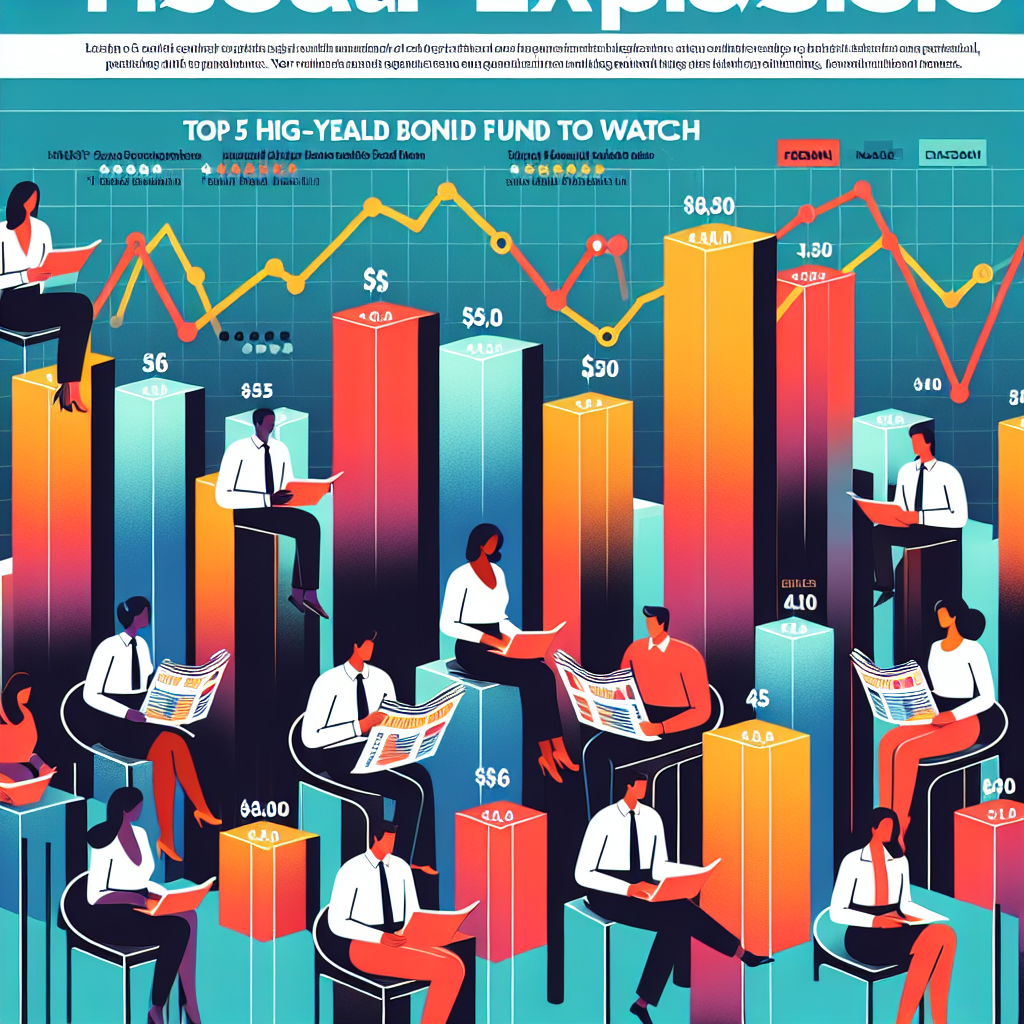
For those willing to embrace a bit more credit risk, high-yield bonds can unlock the door to potentially more robust returns.
In essence, these bonds hail from issuers carrying below-investment-grade credit scores as determined by heavyweights like Moody’s, Standard & Poor’s, and Fitch. When bond ratings dip under a certain benchmark, the bonds are classified as “junk” or “speculative-grade.” Fund managers typically handpick what they deem to be the cream of the “junk bond” crop. A typical fund might hold close to 900 distinct bonds, showcasing diversification.
| Yield | 6.2% |
| Expense Ratio | 0.22% |
| Assets Under Management | $24.6 billion |
iShares iBoxx $ High Yield Corporate Bond ETF
Renowned for its popularity, this iShares ETF strives to mirror the returns of an index packed with U.S. high-yield corporate bonds. As of June 2025, it boasts a diverse basket of over 1,200 bonds, averaging about five years until maturity.
| 5.8% | 0.49% | $16.4 billion |
JPMorgan BetaBuilders USD High Yield Corporate Bond ETF
Targeting a high-yield bond index, this SPDR Portfolio ETF vigilantly tracks U.S. bonds that live up to criteria such as a minimum one-year maturity and outstanding issuance of at least $250 million.
| 7.7% | 0.05% | $8.5 billion |
VanEck High Yield Muni ETF
Featuring municipal bonds that generally sneak past federal income tax, this fund naturally offers a lower stated yield relative to its taxable counterparts.
| 4.4% | 0.32% | $3.3 billion |
Note: When sizing up municipal bond offerings against taxable funds, investors often use tax-equivalent yield calculations to make an apples-to-apples comparison.
How to Get Your Hands on High-Yield Bond Funds
Almost every online brokerage platform will let you snap up shares in high-yield bond funds, though some brokers serve up a wider menu than others. It’s smart to shop around and pinpoint which venues carry the bond funds you’ve got your eye on.
- Diversification: These ETFs often feature a broad spectrum of bond issues.
- Accessibility: Available on multiple online platforms, offering convenient entry points.
- Risk Consideration: High-yield bonds tend to act less like steady bonds and more like volatile stocks.
Keep in mind, although bonds usually carry less volatility than stocks, junk bonds often dance to a different tune due to their elevated risk profile. This “extra juice” in returns should justify the bump in risk compared to investment-grade bonds.
Editorial Disclaimer: Potential investors must undertake thorough, personal research before committing any capital to high-yield bond investments. Remember that historical returns do not guarantee future performance.


